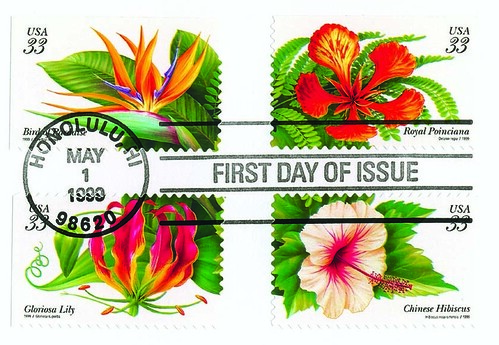
Twenty years have passed since the U.S. Postal Service first started transitioning from lickable stamps to the peel-and-stick squares used today, thanks to the research by the U.S. Forest Service’s Forest Products Laboratory in Madison, Wis.
The two agencies first research collaboration focused on developing the peel-and-stick – or pressure-sensitive adhesives – that didn’t gum up the equipment used to recycle paper. By using this adhesive an additional 20 million tons of waste paper can be recycled annually.
It was research that reached beyond just stamps, according to Carl Houtman, a chemical engineer at the Forest Products Lab.
“Advancements made with the Postal Service work were of interest to the entire label industry,” Houtman said. “The Tag and Label Manufacturer’s Institute has adopted the same standards as the Postal Service, so labels can now be certified as recycling compatible.”
The Forest Service’s work with the Postal Service is two-fold: improving stamp performance and reducing the environmental impact of stamp materials.
“We’re developing adhesives that are made from renewable resources,” Houtman explains. “Additionally, we want the materials to be compatible with the recycling process and also biodegradable if they are thrown away.”
Houtman is also creating experimental methods for determining the biodegradation rate of new materials.
The introduction of the Forever Stamp has kept researchers busy developing improved performance and accelerated aging tests to ensure that the stamps indeed remain useful, if not forever, at least close enough to qualify for the name.
John Considine, Forest Products Laboratory research materials engineer, conducts accelerated aging tests using a chamber and meteorological data from various U.S. locations. Considine can subject stamps to rapid cycles of heat and humidity, mimicking conditions the stamps might have to tolerate in the real world.
Research and development will continue as Forest Products Lab and the Postal Service work together to build on the successes of the past 20 years. And while stamps aren’t something most of us give much thought to, perhaps next time you use one you’ll at least be grateful that you don’t have to lick it.
